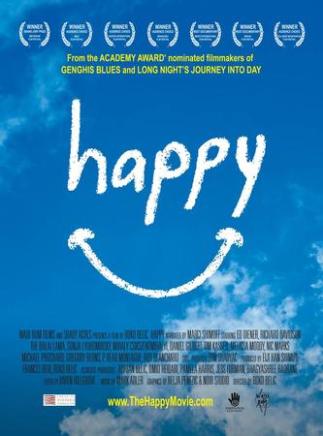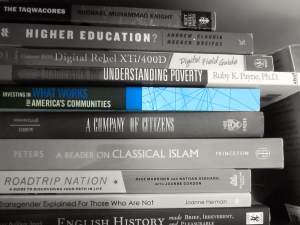What We’re Watching: Happy
By Stephanie South, Program Associate, AASCU
 After recently reading The Happiness Project by Gretchen Rubin (highly recommend by the way), I have found myself a bit preoccupied with research on the subject of happiness. My quest for more information and a lack of cable led me to the documentary section on Netflix, which I am nearly convinced is going to ruin the productivity of my twenties.
After recently reading The Happiness Project by Gretchen Rubin (highly recommend by the way), I have found myself a bit preoccupied with research on the subject of happiness. My quest for more information and a lack of cable led me to the documentary section on Netflix, which I am nearly convinced is going to ruin the productivity of my twenties.
Anyway, it was on the Netflix app that I digitally stumbled upon Happy—a documentary film that takes the viewer, per IMDB, on a journey from the swamps of Louisiana to the slums of Kolkata in search of what really makes people happy. Although the stories of and interviews with the individuals living in these various locations, along with insight from leading scientists on happiness research (that sounds like a fun job), make the film worth viewing, those of you whose pulses quicken at all things civic may draw an additional smile from it.
As Happy explores the secrets behind our most valued emotion, a family living in a co-housing community in Denmark shares their experiences with it and the joy derived from it. Very Bowling Alone, I would imagine most of you will nod your head in agreement with the family about the importance of community and place to our emotional and civic health.
So if you find yourself with some down time this weekend, give Happy a try (and then get off Netflix and go read a book–that was mainly a note to self).
🙂




